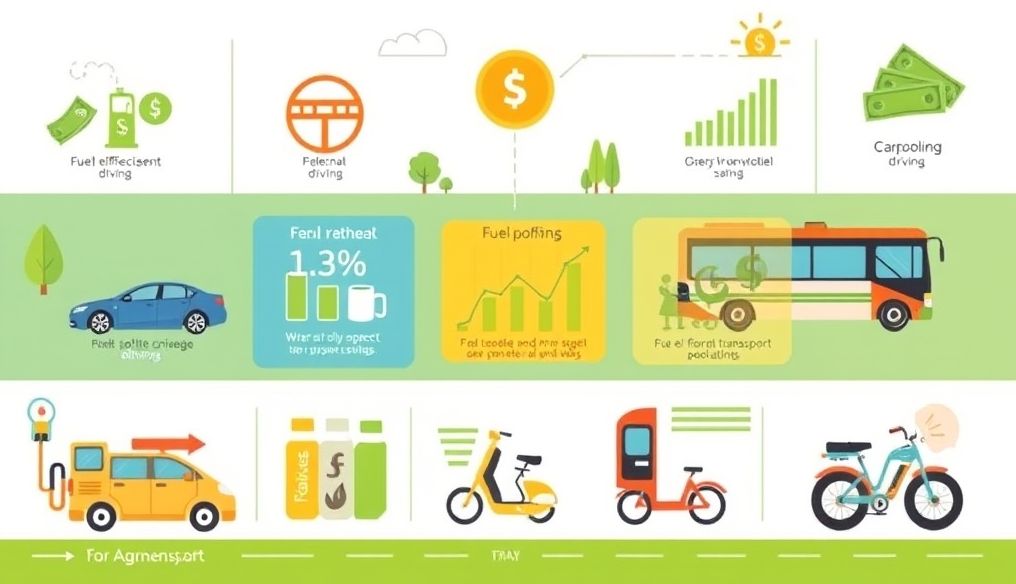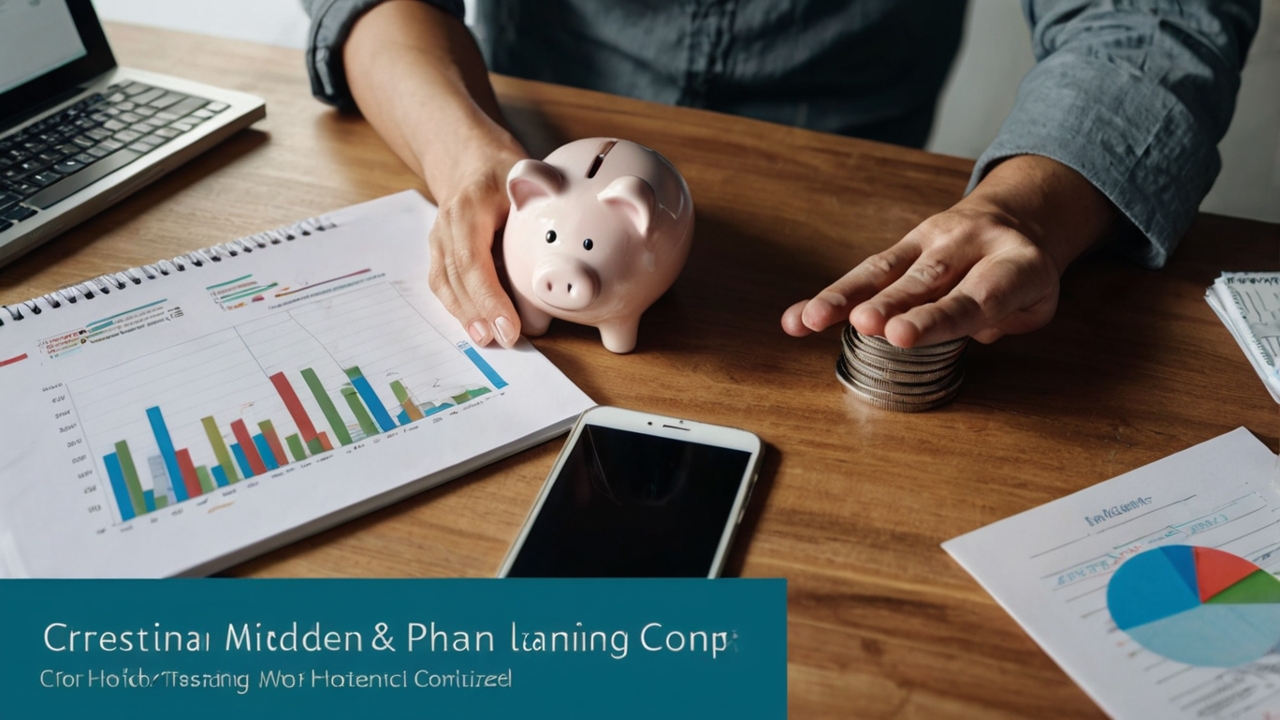Introduction: Why Should We Care About Saving on Transportation Expenses?
In today's world, transportation expenses have become a significant part of individuals' and families' budgets. Whether you use your own car, rely on public transport, or even use ride-sharing services, the costs add up quickly. By adopting smart strategies to save on these expenses, you can free up a significant portion of your monthly income and direct it towards other financial goals, such as saving and investing.
Chapter 1: Smart Route Planning and Reducing Trips
Advance planning is key to saving money and time. Before embarking on any journey, think carefully about your route and available means of transportation.
- Using Map Applications: Applications like Google Maps and Waze help you identify the best routes to avoid traffic congestion and reduce fuel consumption.
- Grouping Tasks: Try to group your daily tasks into one trip to avoid multiple trips.
- Working Remotely: If your job allows it, discuss the possibility of working remotely with your manager. Working from home saves you on commuting and fuel costs.
Chapter 2: Regular Car Maintenance to Reduce Fuel Consumption
A well-maintained car consumes less fuel and operates more efficiently.
- Checking Tire Pressure: Maintain the tire pressure recommended by the manufacturer. Low tire pressure increases fuel consumption.
- Changing Engine Oil Regularly: Clean oil maintains engine efficiency and reduces friction.
- Checking and Cleaning the Air Filter: A clean air filter allows better airflow to the engine, improving fuel efficiency.
Chapter 3: Economic Driving to Save Fuel
How you drive greatly affects fuel consumption.
- Avoid Sudden Acceleration and Deceleration: Smooth and consistent driving reduces fuel consumption.
- Using Cruise Control: On highways, use cruise control to maintain a constant speed and reduce fuel consumption.
- Avoid High Speeds: Driving at high speeds significantly increases fuel consumption.
Chapter 4: Using Public Transportation Wisely
Public transportation is often a cheaper option than using a private car.
- Buying Monthly or Annual Tickets: Public transport companies often offer significant discounts on monthly or annual tickets.
- Using Public Transport Applications: These applications help you plan your trip and know arrival and departure times.
- Walking or Biking for Short Distances: Instead of using a car or public transport for short distances, try walking or biking.
Chapter 5: Ride Sharing and Carpooling
Sharing rides with others can significantly reduce commuting costs.
- Sharing Rides with Colleagues at Work: Talk to colleagues who live near you and arrange to share rides.
- Using Ride-Sharing Applications: Applications like Uber and Careem offer ride-sharing services that can be cheaper than traditional taxis.
- Carpooling: If you don't need a car daily, consider carpooling with someone else.
Chapter 6: Exploiting Loyalty Programs and Promotional Offers
Many fuel and transportation companies offer loyalty programs and promotional offers that can help you save money.
- Subscribing to Loyalty Programs: Collect points and redeem them for discounts on fuel or other services.
- Looking for Promotional Offers: Check for promotional offers offered by fuel and public transport companies.
- Using Credit Cards That Offer Rewards on Fuel: Some credit cards offer cash rewards or points on fuel purchases.
Chapter 7: Reconsidering the Need for a Private Car
In some cases, it may be better to give up the private car altogether.
- Evaluating the Costs of Owning a Car: Calculate all the costs associated with owning a car, including fuel, insurance, maintenance, and repairs.
- Using Alternative Means of Transportation: If you live in a city with good public transport, consider using it instead of a private car.
- Renting Cars When Needed: Instead of owning a car, you can rent a car only when needed.
Chapter 8: Buying a Fuel-Efficient Car
If you are planning to buy a new car, choose a fuel-efficient car.
- Looking for Hybrid or Electric Cars: These cars consume much less fuel than traditional cars.
- Checking Fuel Efficiency Rating: Before buying a car, check its fuel efficiency rating.
- Comparing Different Cars: Compare different cars in terms of fuel consumption and other costs.
Chapter 9: Benefiting from Government Incentives and Taxes
In some countries, governments offer tax incentives or financial support for buying electric or hybrid cars.
- Looking for Government Incentives: Check the government incentives available in your country or city.
- Benefiting from Tax Exemptions: In some cases, you can get tax exemptions when buying an electric or hybrid car.
- Benefiting from Financial Support: In some countries, governments offer financial support for buying electric or hybrid cars.
Chapter 10: Adopting Sustainable Habits in Transportation
Sustainable transportation is not only good for the environment, but it can also save you money.
- Walking or Biking for Short Distances: Instead of using a car or public transport for short distances, try walking or biking.
- Using Electric Bikes or Electric Scooters: These means are environmentally friendly and economical to operate.
- Supporting Sustainable Transportation Policies: Support policies that encourage the use of sustainable means of transportation.
Conclusion: Saving on transportation expenses is not just a way to reduce costs, but it is an investment in your financial and environmental future. By adopting these smart strategies, you can achieve your financial goals and contribute to building a more sustainable world.




